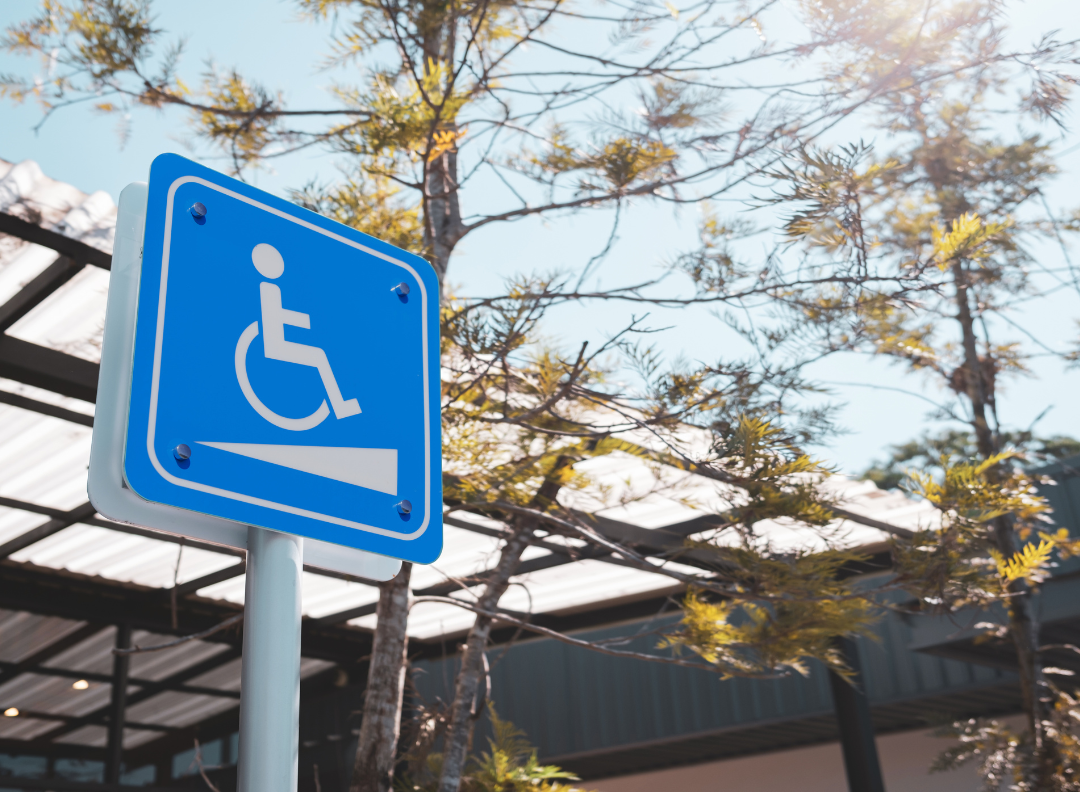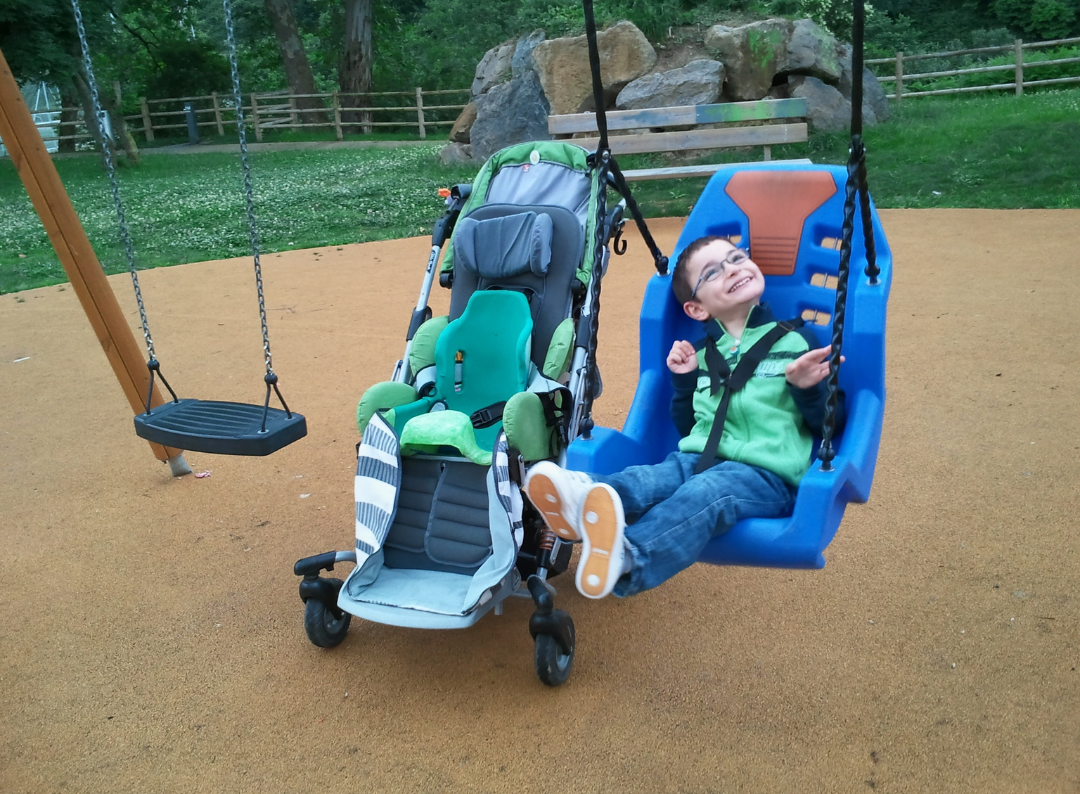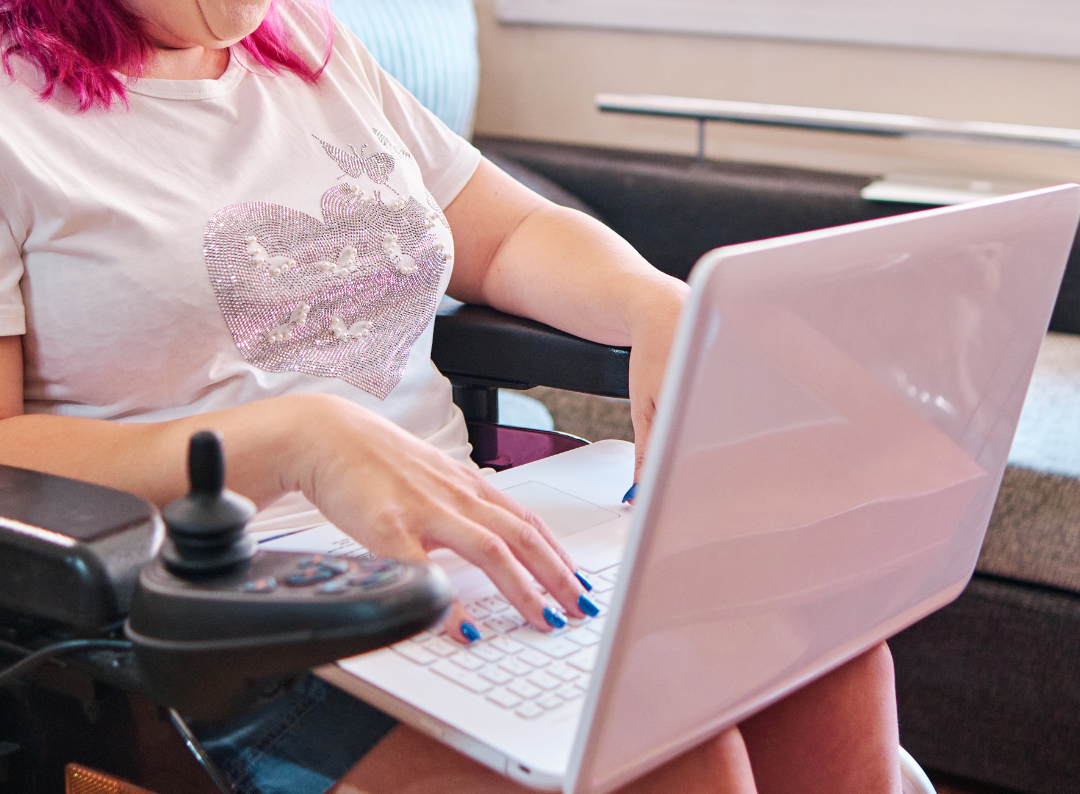At Westchester Independent Living Center, accessibility is more than a concept—it’s a lived reality, a daily mission, and a call to action. “Accessibility removes barriers and unlocks the possible.” That’s the rallying call behind Global Accessibility Awareness Day (GAAD)—a global initiative to get everyone talking, thinking, and learning about digital access and inclusion. For GAAD, we asked 3 members of our team to reflect on what true accessibility means in 2025, and where the work still lies ahead:
-
Azzura’e Wilson – Transition Specialist, Post-Rehabilitation Transition Program (PRTP) at WILC
-
Meg Valenzuela, MS Ed – Program Director of Independent Living Services, Putnam Independent Living Services (PILS)
-
Joe Guagliano – Legislative Advocate, Westchester Independent Living Center (WILC)

What are the less obvious—but equally important—barriers to accessibility?
While ramps and elevators are essential, they’re just the tip of the iceberg. WILC staff named a wide range of invisible or overlooked barriers that deeply impact people with disabilities:
- Signage—or lack thereof—can be a silent obstacle. Joe recently visited a library where the lack of signage pointing to an accessible entrance led him to climb a flight of stairs using a walker. For someone in a wheelchair, that could have meant total exclusion.
- Lack of accessible transportation options. Azzura’e, a wheelchair user and recent Westchester resident, has already experienced the challenge of inaccessible taxis. This isn’t just inconvenient—it limits independence and opportunity.
- Inadequate public infrastructure. Whether it’s grocery aisles cluttered with displays, bathrooms that don’t accommodate wheelchairs, or the need for more Accessible Pedestrian Signals for blind or low-vision pedestrians, the list of overlooked needs is long.
- Digital and educational barriers. From the absence of sign language interpretation to insufficient testing accommodations, barriers can also be informational and institutional.
What does true accessibility look like?
For our team, it means equal access—plain and simple.
“Everyone with a disability has the right to access their community equally,” said Meg. That includes entering a doctor’s office with an accessible exam table, parking without fear of being towed, and accessing a bathroom that actually fits a wheelchair.
Azzura’e emphasized dignity: being able to travel, work, and participate in society comfortably and independently—just like anyone else.
How is WILC working to change things?
WILC tackles inaccessibility both systemically and personally:
- The Accessible Restaurant Project identifies and supports restaurants in Putnam County that meet accessibility standards, and even helps others make improvements. Participating businesses are recognized on WILC’s website and newsletter.
- Polling Site Surveys ensure democratic participation by checking voting sites for accessibility.
- Support for individuals includes helping clients find accessible employment, navigate post-rehab transitions, and connect with peer support.
“We often hear conversations about equality for race, gender, or sexuality—but what about accessibility?” asked Azzura’e. “At WILC, we make sure everyone is seen and treated as equal.”

What gives you hope?
Sometimes, it’s the small wins that shine the brightest.
For Azzura’e, WILC itself is proof that change is possible: “When I came across this job, one of the requirements was to have a disability. That shows the inclusiveness and equality that WILC brings.”
What’s your message to policymakers and businesses?
Meg and Joe offered this challenge:
“If your loved one had a disability, what changes would you make to ensure they had equal access? Would they need a ramp? Large print menus? Level entrances?”
Azzura’e added:
“Without inclusiveness and equality for individuals with disabilities, this world may never be equal… One policymaker or business can’t change the world, but they can start change where they are.”
Join the Movement
GAAD is about recognizing that accessibility is everyone’s responsibility—and everyone’s opportunity. At WILC, we are committed to advocating for policies, practices, and communities that center inclusion, equity, and dignity for all.
We invite you to join us in celebrating the progress we’ve made—and committing to the work ahead. Because accessibility isn’t just about ramps. It’s about removing barriers and unlocking the possible—for everyone.

